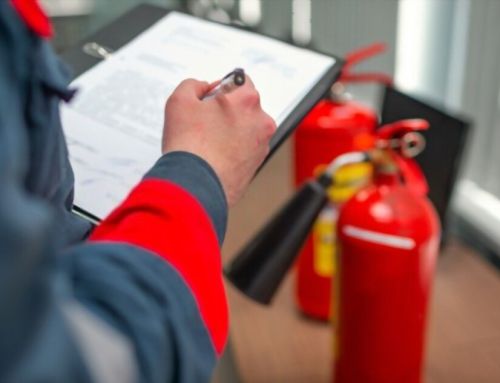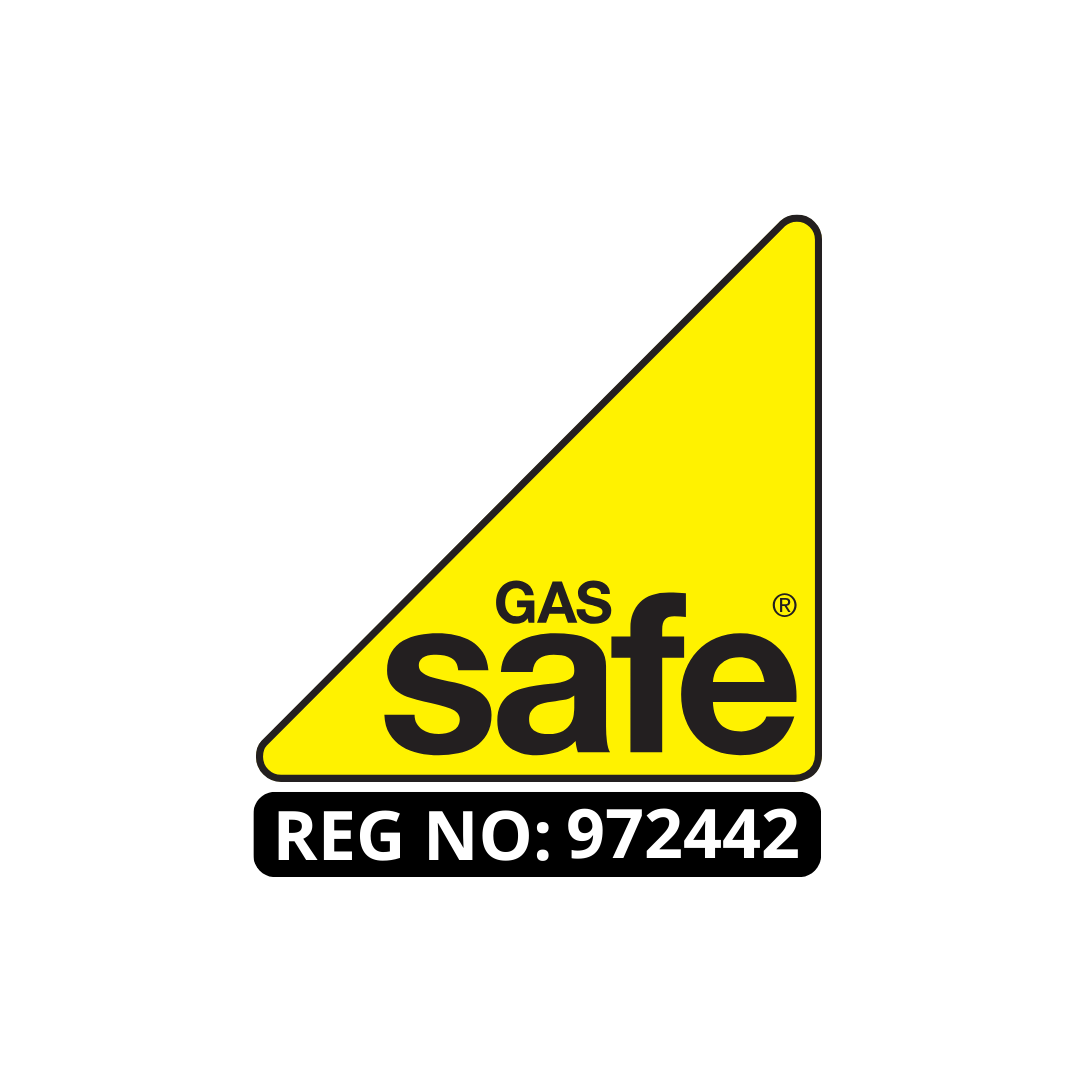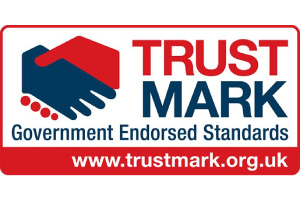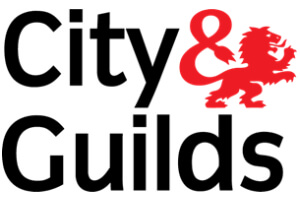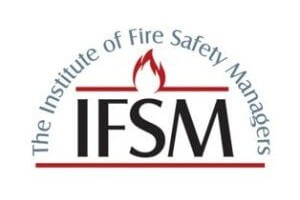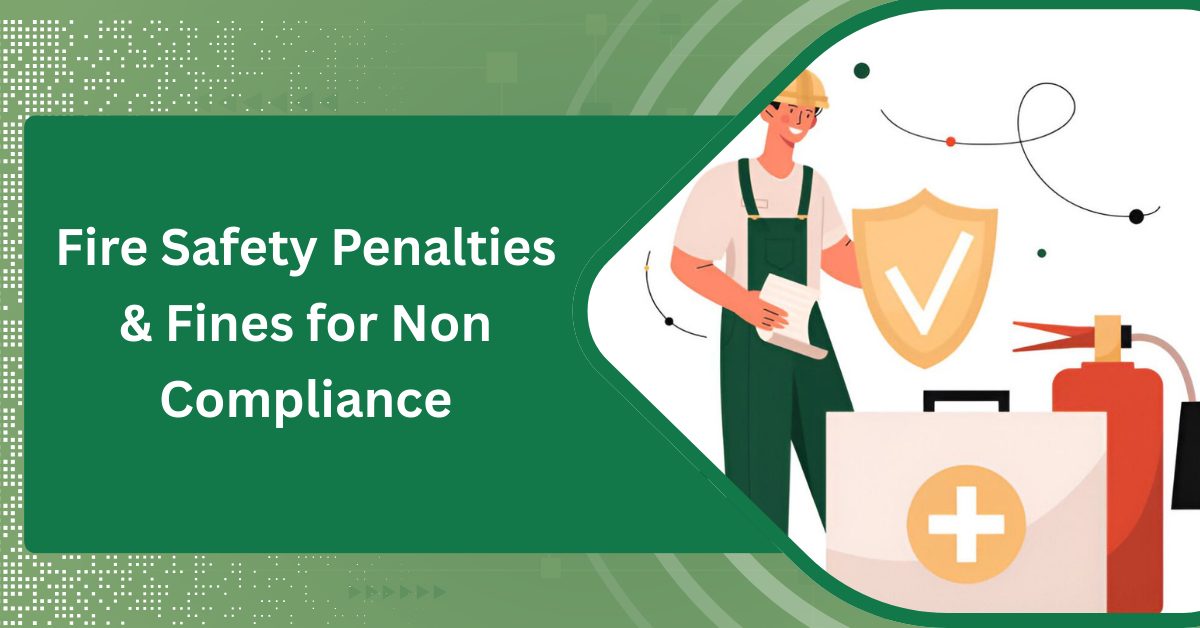
You’ve likely invested countless hours and significant resources into your business, but have you fully considered the ramifications of skirting around fire safety regulations? Non-compliance can lead to harsh penalties, including steep fines and even forced closures. While these immediate consequences can strain your finances, consider the long-term repercussions such as hikes in insurance premiums and a tarnished reputation. What’s more, the legal entanglements can divert your focus from growth to damage control. Let’s explore how these penalties are structured and why they’re more than just a slap on the wrist. What could be at stake for your business if you ignore these regulations? Let’s discover Fire Safety Penalties & Fines for Non Compliance.
Understanding Fire Safety Regulations
To effectively mitigate risks and ensure safety, it’s crucial to grasp the specifics of fire safety regulations. You must familiarize yourself with fire code essentials to navigate the complexities of compliance successfully.
Each jurisdiction may have variations in its codes, but the core principles typically involve stringent measures on building materials, emergency exits, smoke detectors, and fire extinguisher requirements.

Understanding these codes isn’t merely about avoiding penalties; it’s about ensuring that the environments you’re responsible for are fundamentally safe and resilient against fire hazards.
Therefore, investing in compliance training isn’t just mandatory but a proactive step toward safeguarding lives and property. Such training equips you with the necessary skills to interpret and apply the regulations accurately and effectively.
Common Violations and Penalties
Understanding common violations can help you avoid hefty penalties and enhance safety. One frequent oversight is neglecting regular fire hazard assessments. These evaluations are crucial to identify potential risks and implement corrective measures effectively. Failing to conduct these assessments increases the risk of fire and results in severe fines.
Another critical area often overlooked is the maintenance of emergency evacuation plans. You must ensure these plans are updated, clear, and accessible to all employees. Lack of proper evacuation procedures can lead to confusion during an emergency, exacerbating the situation and potentially leading to higher penalties.
Penalties for these violations vary, depending on the severity and frequency of the offenses. Minor infractions might result in small fines, while significant neglect could lead to more substantial fines or criminal charges. You must be proactive in complying with fire safety regulations to avoid these penalties.
Always remember, maintaining compliance isn’t just about avoiding fines—it’s about ensuring the safety and well-being of everyone in your facility. Regular updates to your safety plans and continuous assessment of fire hazards are your best defense against potential violations and the resultant penalties.
Impact of Non-Compliance on Businesses
Addressing non-compliance in your business can have significant financial and reputational repercussions. When you overlook fire safety regulations, you’re not just risking penalties but are potentially jeopardizing the very foundation of your enterprise. The costs associated with non-compliance extend far beyond initial fines.
- Financial Consequences: The immediate fines for failing to comply can be substantial. However, the greater financial burden often comes from the aftermath. This includes potential litigation costs, increased insurance premiums, and necessary expenditures to remedy compliance failures. These can dwarf the original penalties, straining your financial resources.
- Business Reputation: Your reputation takes a direct hit when your business is found non-compliant. Customers and partners lose trust, which is difficult and sometimes impossible to fully regain. This erosion of trust can lead to decreased customer loyalty, loss of potential deals, and challenges in securing new business opportunities.
- Operational Disruptions: Non-compliance can lead to forced closures or operational restrictions while violations are rectified. This downtime not only affects your revenue but can also disrupt supply chains and service commitments.
It’s crucial to understand that maintaining compliance isn’t just about avoiding penalties—it’s about safeguarding the sustainability and growth of your business.
Take proactive steps to ensure adherence to all fire safety norms to protect your business’s future.
Case Studies of Fire Safety Failures
While awareness of the consequences of non-compliance is vital, examining real-world scenarios where businesses failed to adhere to fire safety regulations offers tangible lessons on the importance of rigorous safety practices.
Let’s delve into a couple of case studies that underscore the devastating impact of such failures.
In one notable instance, a manufacturing firm experienced a catastrophic fire incident due to overlooked flammable material storage guidelines. Despite multiple safety audits, the company had repeatedly failed to implement recommended changes. The fire resulted in significant property damage and severe injuries, underlining the critical need for compliance with safety standards.
Another case involved a hospitality business that neglected to install adequate fire suppression systems, despite clear regulatory requirements. A kitchen fire, which could have been contained with proper equipment, escalated, causing extensive damage to the property and endangering lives.
Post-incident analysis revealed a pattern of non-compliance that had been ignored during previous safety audits.
These examples highlight the dire consequences of ignoring fire safety regulations. You must understand that adhering strictly to safety protocols isn’t just a legal obligation—it’s a crucial safeguard against potentially irreversible damage.
Legal Framework for Fire Safety
The legal framework for fire safety establishes mandatory guidelines that businesses must follow to protect lives and property from fire hazards. You’re bound by these regulations, which are enforced by regulatory agencies tasked with ensuring public safety and adherence to safety standards.
Understanding and complying with these rules isn’t just about avoiding penalties; it’s about safeguarding your business, employees, and customers from potential disasters.
Key components of this framework include:
- Fire Codes: Comprising local, state, and federal regulations, fire codes are comprehensive standards that address everything from building materials and evacuation routes to fire alarm systems.
- Legal Obligations: These are the specific duties you have under the law, which can vary depending on your business type and location. Non-compliance can lead to severe liability issues.
- Enforcement Actions: Regulatory agencies conduct compliance audits and can impose enforcement actions for violations. These can range from fines to mandatory closures, depending on the severity of the infraction.
Regular risk assessments are essential to ensure you’re meeting these legal obligations and to minimize your liability exposure.
Calculating Fines for Fire Safety Breaches
Calculating fines for fire safety breaches involves a detailed and precise methodology, ensuring penalties are both fair and impactful. You must understand that the fine assessment process is meticulously designed to reflect the severity and frequency of non-compliance. Each violation is evaluated based on its potential risk to life and property, as well as any previous infractions on record.

Penalty calculation starts with the identification of the specific breach. The nature and gravity of the offense are considered, alongside statutory guidelines. For instance, minor infractions might attract a base fine, which can escalate based on factors such as negligence or repeated violations. More severe breaches, especially those jeopardizing safety, trigger higher fines and may even lead to criminal charges.
Your responsibility in this process is to ensure complete compliance with all fire safety regulations. This involves regular audits and updates to safety protocols as required by law.
Preventive Measures for Compliance
To ensure compliance with fire safety regulations, proactive measures are essential. As you navigate the complexities of fire safety, understanding and implementing key practices can significantly reduce the risk of non-compliance and the associated penalties.
Here’s what you need to focus on:
- Regular Fire Drills: Conducting fire drills at regular intervals ensures that everyone knows the quickest and safest ways to evacuate in the event of a fire. This practice not only enhances safety but also ingrains the evacuation procedures into everyone’s memory.
- Comprehensive Safety Training: Provide thorough training for all employees on fire safety protocols, including the use of fire extinguishers, identification of fire hazards, and the steps to follow if a fire occurs. Training should be updated annually or whenever there are significant changes in the workplace.
- Maintenance of Fire Safety Equipment: Regular checks and maintenance of all fire safety equipment such as fire alarms, sprinklers, and extinguishers ensure they’re operational when needed most. This includes scheduled inspections and immediate repairs or replacements if any issues are found.
Role of Fire Marshals in Enforcement
Within the realm of fire safety enforcement, fire marshals play a critical role. You must understand that their responsibilities extend beyond mere inspections. They’re pivotal in ensuring adherence to fire codes through comprehensive enforcement strategies.
As a key figure, a fire marshal’s duties involve investigating fire incidents to determine compliance with local and national safety standards. This isn’t just about checking fire extinguishers or exit signs; it’s a thorough assessment of a building’s entire fire safety ecosystem.
Fire marshals also engage in proactive measures by reviewing and approving building plans to ensure they meet stringent fire safety requirements before construction begins. This preemptive approach is crucial in mitigating risks long before they can manifest into actual hazards.
Moreover, they conduct regular training sessions for both their teams and local businesses, equipping them with the necessary knowledge to handle and prevent fire emergencies effectively.
Your awareness of these enforcement strategies is essential. Fire marshals serve as both educators and enforcers, a dual role that places them at the forefront of fire safety compliance. Their work ensures that safety protocols aren’t merely suggestions but mandatory practices that protect lives and property.
Benefits of Adhering to Fire Codes
Understanding the role of fire marshals highlights the importance of compliance with fire safety codes. You must recognize that adhering to these regulations isn’t just about avoiding penalties; it’s about leveraging the significant fire code advantages that safeguard your assets and ensure business continuity.
Compliance isn’t merely a regulatory requirement; it’s a strategic advantage in your operational framework.
Here are the key benefits you’ll gain:
- Risk Mitigation: Reducing the likelihood of fire outbreaks drastically lowers the potential for property damage and financial losses.
- Enhanced Safety: Ensuring the safety of employees and customers not only fosters a secure environment but also boosts morale and productivity.
- Insurance Benefits: Compliance often leads to lower insurance premiums as your risk profile improves with adherence to fire codes.
Diving deeper, the compliance cost-benefit analysis often reveals that the investment in fire safety measures significantly outweighs the potential losses from non-compliance fines and the catastrophic consequences of fire incidents.
You’ll find that investing in compliance creates a ripple effect, enhancing operational efficiencies and fostering a culture of safety. This proactive approach not only secures your physical assets but also protects your brand’s reputation and operational viability.
Steps to Achieve Full Compliance
Achieving full compliance with fire safety codes requires a methodical approach that begins with a thorough assessment of your current practices. You’ll need to conduct a detailed fire risk assessment to identify potential hazards and weaknesses in your existing safety protocols. This assessment should not only pinpoint issues but also guide the development of a robust emergency evacuation plan tailored to your specific premises.

Here’s a clear breakdown of the steps you should follow:
| Step | Action |
|---|---|
| 1 | Conduct a comprehensive fire risk assessment. |
| 2 | Develop and implement an emergency evacuation plan. |
| 3 | Regularly train all employees on fire safety procedures and evacuation protocols. |
After assessing the risks and framing the emergency procedures, it’s crucial to ensure that all employees are well-trained and aware of the actions to take in case of a fire. This includes regular drills and updates to the training material to incorporate new risks or changes in layout. Compliance isn’t just about meeting legal requirements; it’s about creating a culture of safety that can significantly reduce the risk of fire-related incidents and penalties. Regular reviews and updates to your fire safety plans will help maintain compliance and protect both your assets and personnel.
Conclusion
You must prioritize fire safety compliance to avoid severe penalties and protect your business’s viability. Remember, non-compliance can result in hefty fines, increased insurance rates, and damage to your reputation. Engage with fire marshals, understand legal obligations, and implement preventive measures diligently. Adhering to fire codes not only minimizes risks but also enhances trust within your community. Take decisive steps towards full compliance; it’s essential for your business’s operational and financial health.
Our Pricing
| Our Fire Safety Prices |
|---|
|
Fire Safety Certificate £67.99 |
| Fire Risk Assessment £74 |
| Fire Alarm Installation £209.99 |
|
Fire Door Certificate £120 |
Check Out Our Other Services
About the Author: LandlordCertificate
Related Posts
Get Social
Recent Posts
- Gas Safety Certificates: A Complete Guide for Property Professionals
- Fire Risk Assessment: Why Every Building Needs a Safety Blueprint
- Fire Safety Inspection: Ensuring Your Property is Safe
- Fire Safety Service Misconceptions That Put Landlords at Risk in the UK
- Compliance value of asbestos management survey




